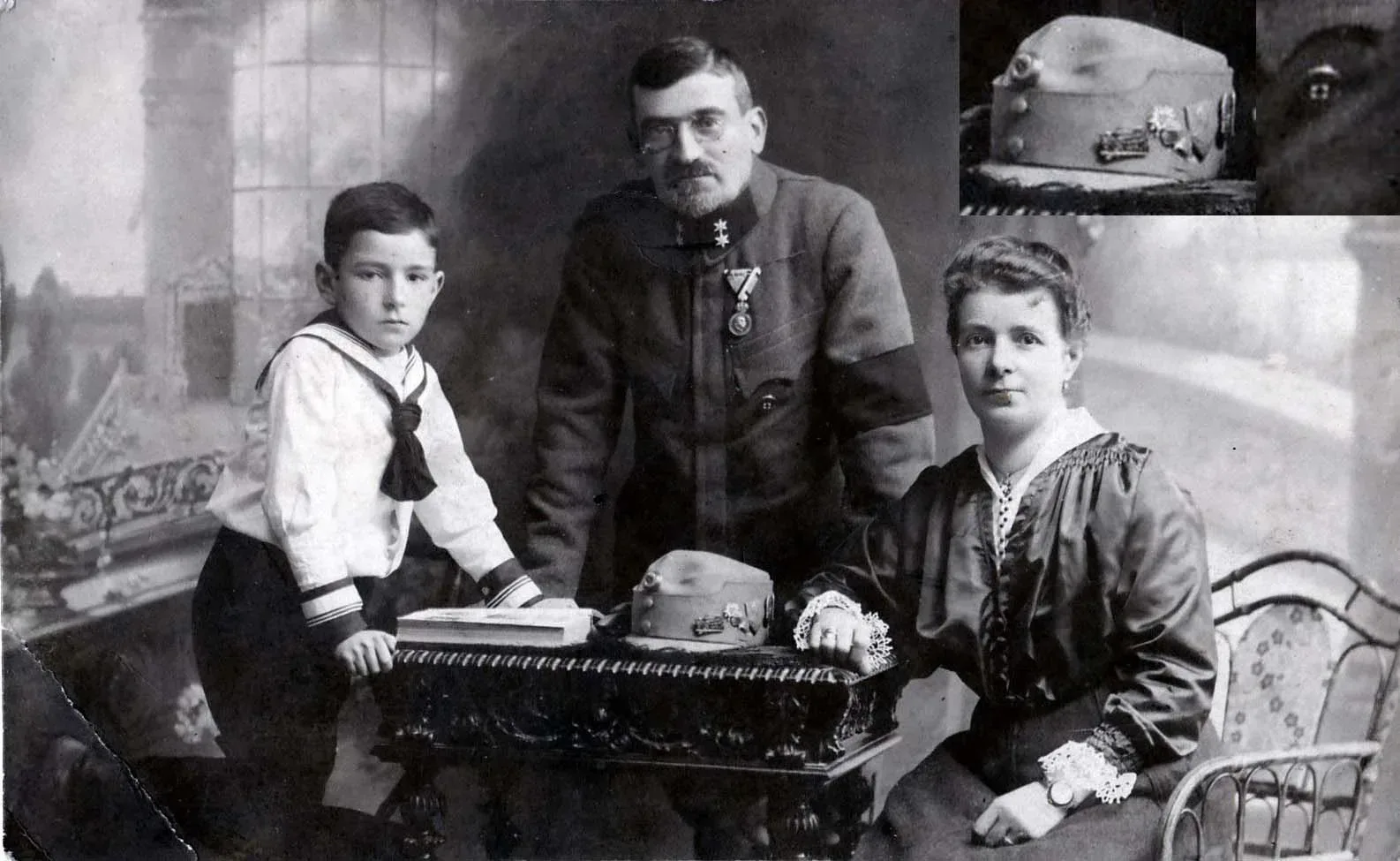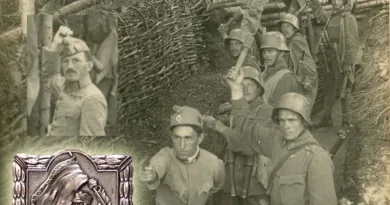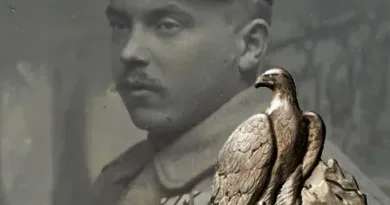Doctor among family members
Doctor among the family members. Military health is an important and special area of the respective armed forces. Military doctors in peacetime played a major role in the assessment of military fitness. They also had public health responsibilities related to the armed forces.
In war, of course, the tasks multiplied. The increase in the number of forces due to mobilization has already necessitated the expansion of the medical staff. This was done with the enlisting of civilian doctors. The really serious task, of course, was to care for the war wounded. Due to the large number of injuries, it was not only surgical specialists who had to be involved in the care. The first aid for the injured, the stabilization of their condition and the carrying out of surgeries requiring immediate intervention have already been carried out directly at the first aid centers located behind the front lines. From there, the wounded were taken to hospitals in the hinterland, where they were given the necessary surgeries and related treatments. Here, the treatment was conducted under the leadership of higher-ranking medical officers with more experience.

The photo attached to the post shows a chief medical officer (first lieutenant) with his wife and child. Doctors and nursing staff very often wore their insignia with distinctive markings and badges. In the photos recovered, the nurses usually wear red cross-patterned badges on a round white background. Doctors wore different badges. The image here shows a badge other than a simple red cross badge. The red cross can be seen here on a shield base, behind it there is the two-headed eagle that embodies the Monarchy.


In accordance with military fashion, the chief medical officer also decorated his field cap with badges. Two of these can be well identified. One is a badge made for Christmas 1916. The other “Pussterthal” badge is decorated with a portrait of Archduke Eugen. The badge can be identified as a badge of the 49th Division. For the Archduke was Front Commander of the location. This division protected in the Great War the “Pussterthal” valley behind the mountain range on the ridge of the Carinthian Alps. The doctor wears a black armband. This was applied as grief sign after the death of Emperor Franz Joseph 1. The picture must have been taken therefore sometime in early 1917.




